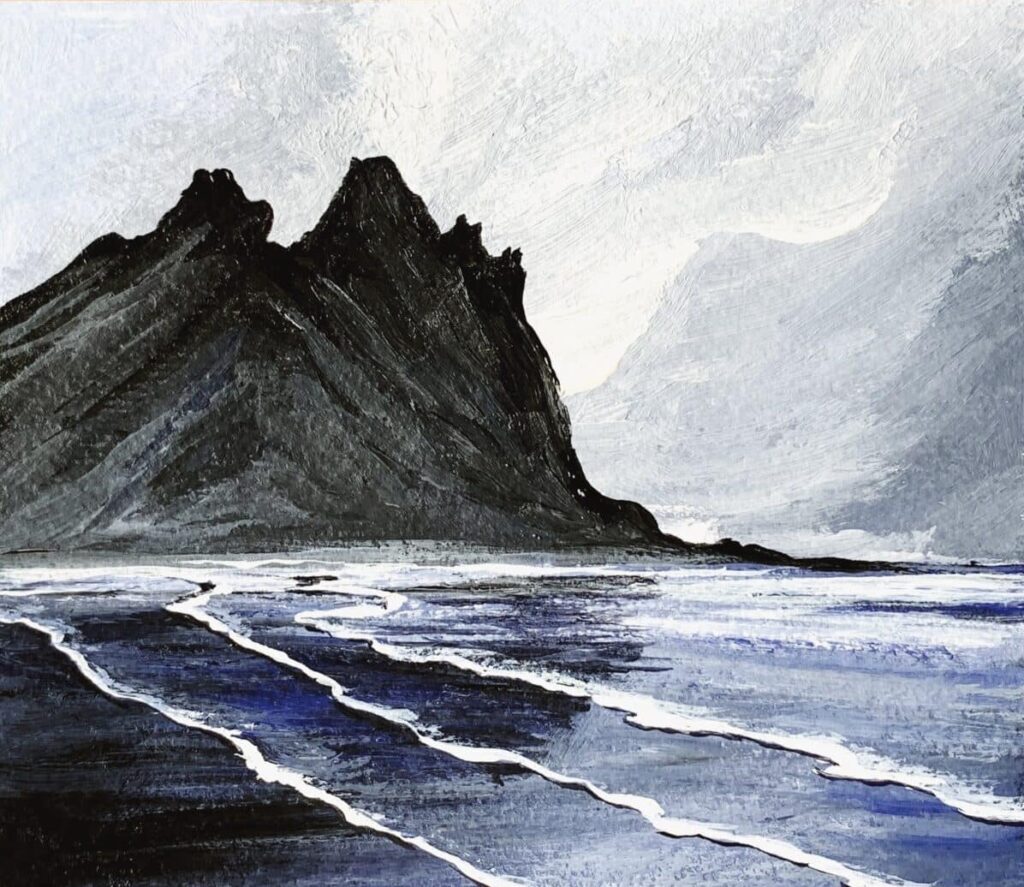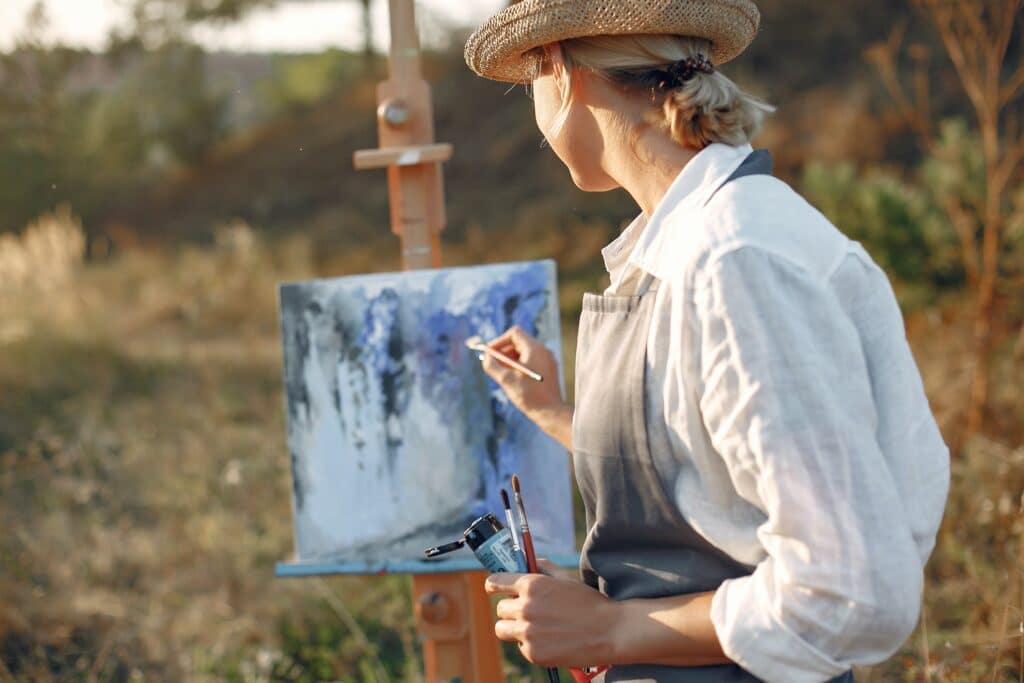Landscape painting is a captivating art form that allows artists to capture the beauty and essence of the natural world. One of the key elements that contribute to the success of a landscape painting is the understanding and effective use of values.
Values refer to the range of lightness and darkness within an artwork, and they play a vital role in creating depth, atmosphere, and form.
In this blog post, we will explore the importance of values in landscape painting and delve into the technique of value studies.
Whether you are a beginner or an experienced artist, understanding and practicing value studies can greatly enhance your ability to depict depth, atmosphere, and form in your landscape paintings.
1. the Importance of Values in Landscape Painting
Values are essential in portraying the three-dimensional quality of the landscape on a two-dimensional surface.
They help to establish the illusion of depth, communicate the effects of light and shadow, and create a sense of atmosphere and mood.
Understanding values allows artists to accurately depict the form, volume, and spatial relationships within a landscape.
2. What Are Value Studies?
Value studies involve the exploration and analysis of the range of light and dark values within a landscape composition.
They serve as a preliminary step before starting a painting, helping artists plan and understand the distribution of values in their artwork.
Value studies can be done through sketching, using grayscale or black and white, or manipulating digital images to simplify the scene into basic shapes and tonal values.
3. Simplifying the Scene
To effectively analyze values, it is important to simplify the landscape scene into its basic elements.
By reducing the scene to its essential shapes and values, artists can focus on the underlying structure, composition, and tonal relationships.
This simplification aids in understanding the overall value patterns and establishing a solid foundation for the final painting.
4. Creating a Value Scale
Developing a value scale or chart is a valuable tool in understanding and managing the range of values in a landscape painting.
By organizing values from the lightest (white) to the darkest (black), artists can assign specific values to different elements within the composition.
Determine where specific elements within your composition fall on the value scale, assigning appropriate values to each area. This exercise will help you understand the relationships between different values and establish a balanced composition.
5. Atmospheric Perspective
Value studies are instrumental in capturing the atmospheric perspective in a landscape painting.
As objects recede into the distance, they are affected by atmospheric conditions, appearing lighter in value and less detailed.
By gradually reducing the values and decreasing the contrast in distant elements, artists can create a convincing sense of depth and atmospheric distance.
6. Light and Shadow Patterns
Observing and understanding the patterns of light and shadow in the landscape is essential for capturing the form and volume of objects.
Artists should analyze how light interacts with the scene, identify areas of direct light and shadow, and recognize the subtle value variations within shadows.
Rendering these light and shadow patterns accurately adds a sense of realism and dimension to the landscape.
7. Contrast and Focal Points
Contrast in values is an effective tool for directing the viewer’s attention and creating focal points within the landscape.
Areas of higher contrast draw the eye and can be used to emphasize significant elements or points of interest.
Experimenting with different levels of contrast can help artists establish a dynamic composition and reinforce the sense of depth within the painting.
8. Reference Photos and Grayscale Conversion
When working from reference photos, converting them to grayscale or black and white can be beneficial for analyzing values.
Removing the distraction of color allows artists to focus solely on the tonal relationships and value patterns within the landscape.
By studying the reference photo in terms of values, artists can make informed decisions when translating it onto the canvas.
Understanding values and conducting value studies are essential steps in creating compelling and realistic landscape paintings.
Values contribute to the depth, atmosphere, and overall impact of the artwork, allowing artists to capture the essence and beauty of the natural world.
Value studies serve as valuable tools in planning and executing successful landscape paintings, enabling artists to create captivating and immersive artworks that evoke the beauty and majesty of the natural landscape.
Question for Readers: How do you incorporate values into your landscape paintings, and what techniques do you find most effective in capturing depth and atmosphere? Share your thoughts and experiences in the comments below!





